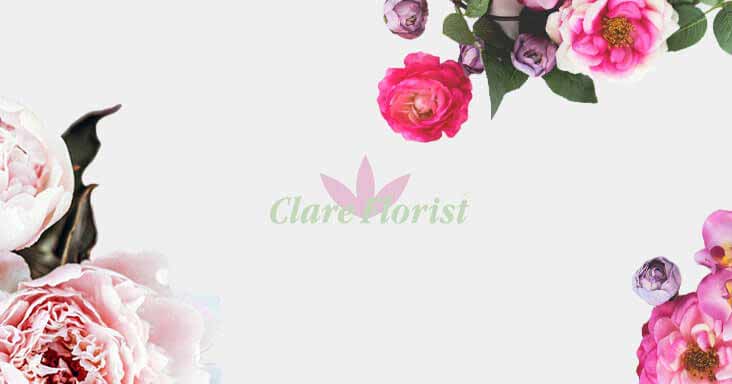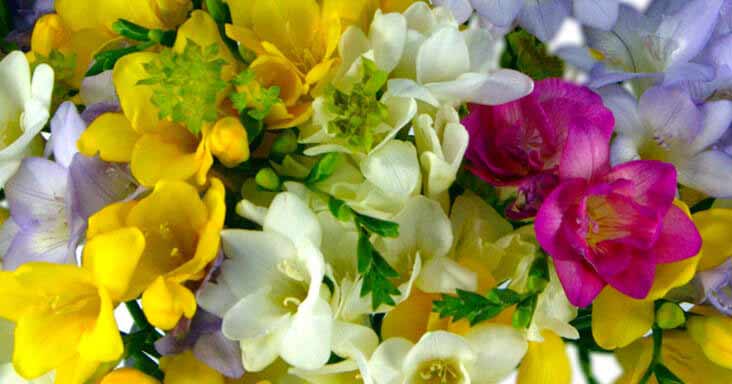The Winter Solstice (like the Summer Solstice and Spring and Autumn Equinoxes) is an astronomical event. It is the shortest day and longest night of the year, after which (slow though it seems!) the days begin to grow longer: a turning point in the annual orbit of Earth round the Sun. It didn't take a modern scientist to realise this, though, and the occasion has been celebrated in pagan traditions for centuries past. This year it falls on December 22nd (sometimes it's December 21st). Officially, it marks the beginning of Winter but it is also known as Midwinter, which is more what it feels like to me —the nights may be growing shorter but it's only getting colder!
Many festivities are held around this time today, some of which I've written about in earlier entries. There's Christmas, Hanukkah, New Year's, St Lucia's Day, Kwanzaa, Yalda... Most of these involve symbols of rebirth and light. The best known name for the ancient celebration is Yule, or Yuletide. The Norsemen of Northern Europe would light bonfires, tell stories and drink sweet ale at this time of year. An enormous Yule Log would be lit and feasts would be held for as long as it burned: from three to twelve days. In the Celtic tradition it was believed that the Sun stood still for twelve days at midwinter, so the the Yule log would be lit to bring light during this time, to ward off evil spirits and attract good luck for the New Year. Druids would give mistletoe, a symbol of life through the deadness of winter, as a blessing. In the Wiccan tradition, too, ceremonies are held to welcome the rebirth of the Great God: the newborn solstice Sun.
In ancient Rome the midwinter/new year festival was called Saturnalia and it was a time for ordinary rules to be turned upside down. Men would dress as women and masters as servants. They would also, as we do still today, decorate their homes with evergreens, light candles, exchange gifts and hold processions. Who would have known our traditions had such a long history (though the cross-dressing seems to have fallen by the wayside)!
Of course, all this only applies to the Northern Hemisphere at this time of year, but our friends down South celebrate their midwinter Yulefest too —only it falls in late June! The Australian tradition includes the lighting of a bonfire, as well as some of the traditions that have migrated from Europe.
To those this end of the globe, happy Winter Solstice! (And a happy Midsummer's to the other half!)




